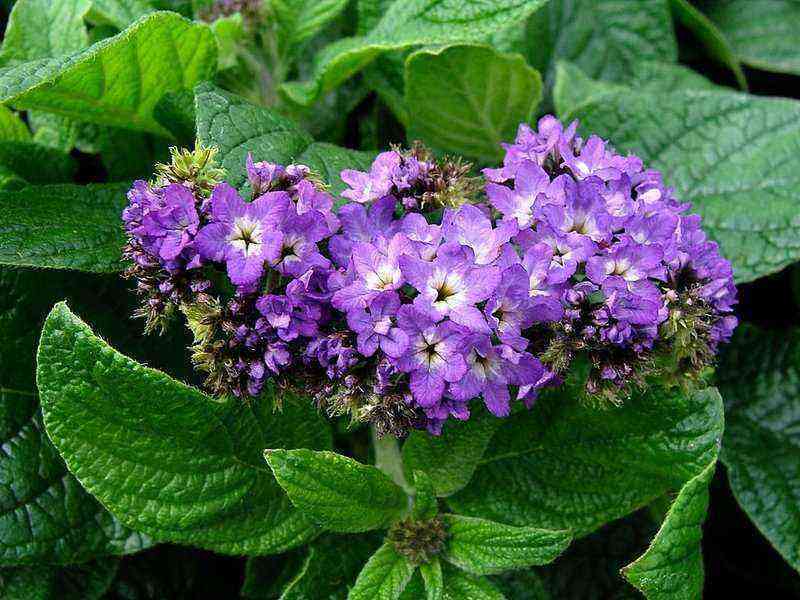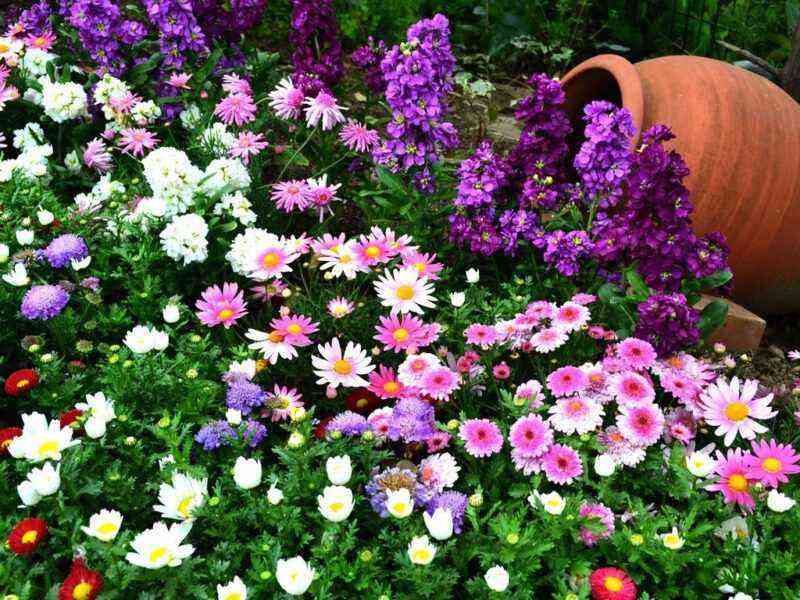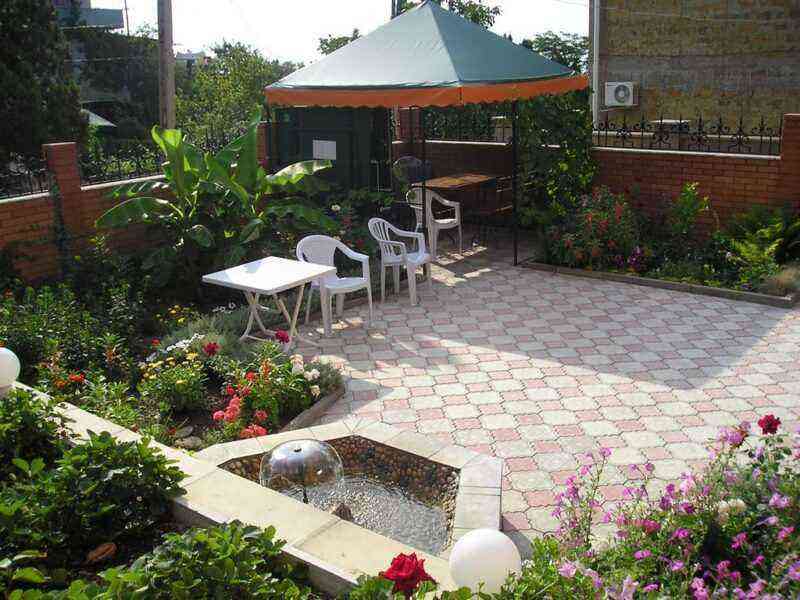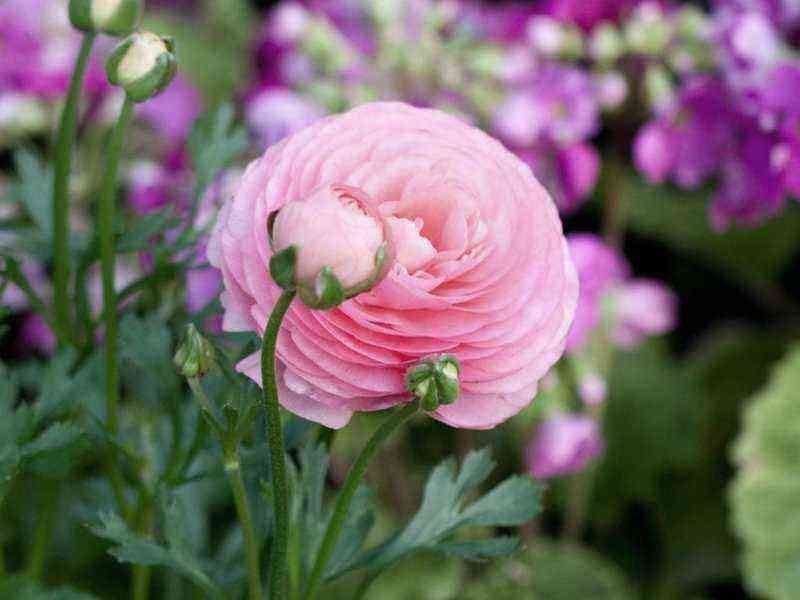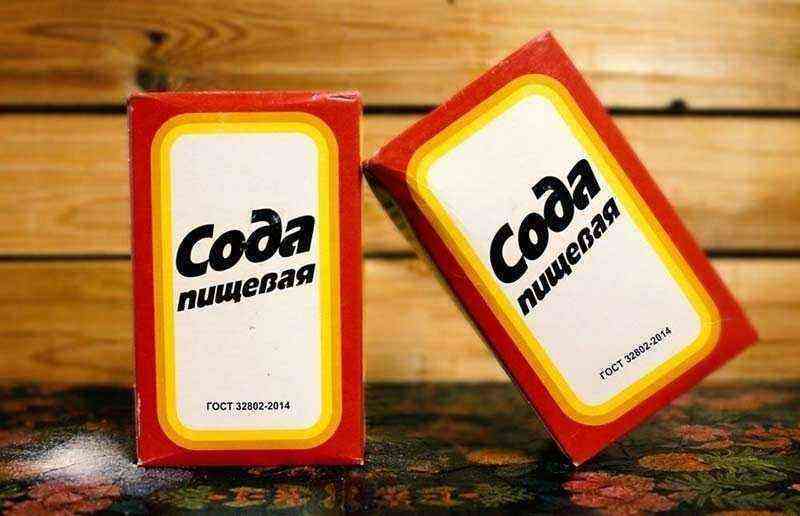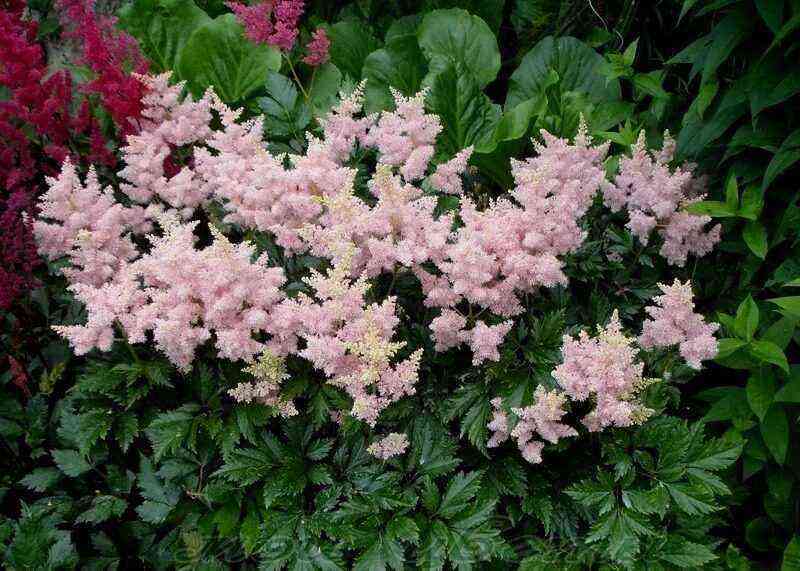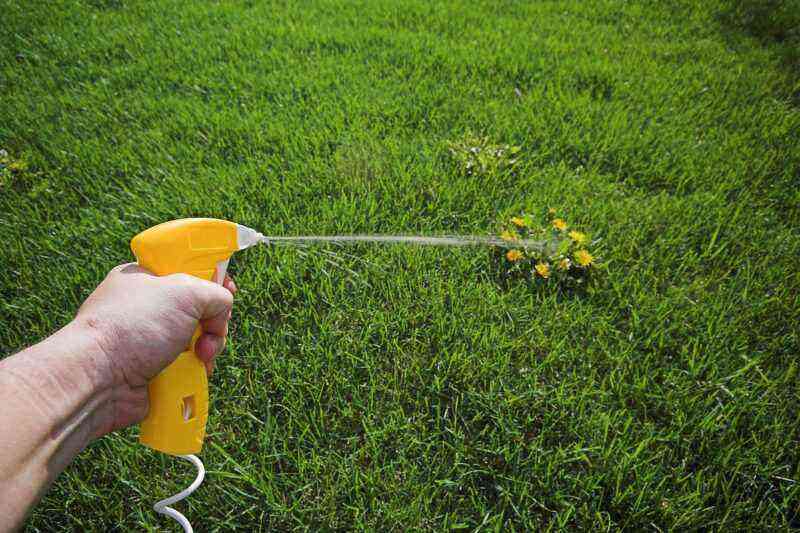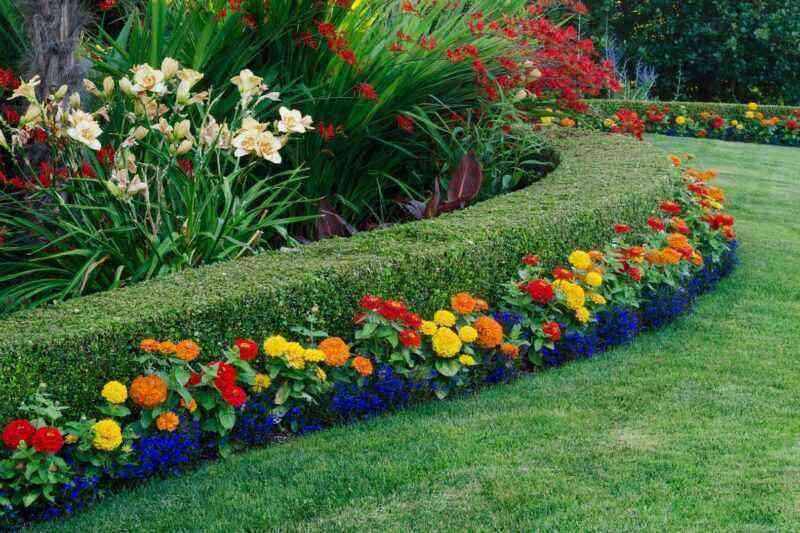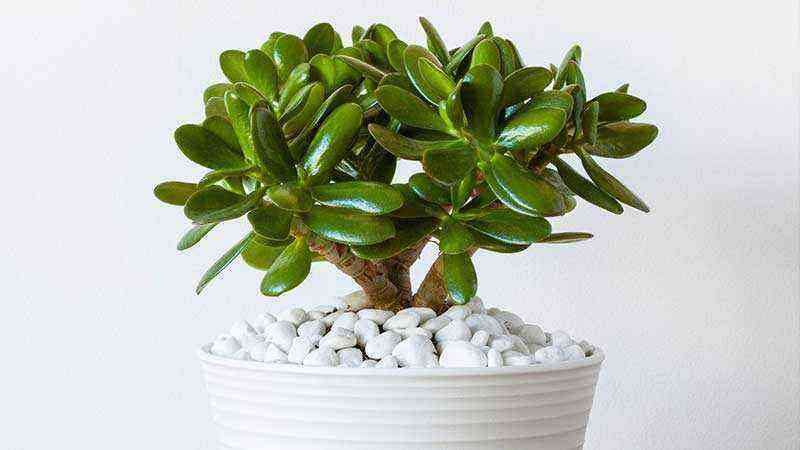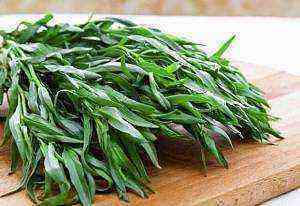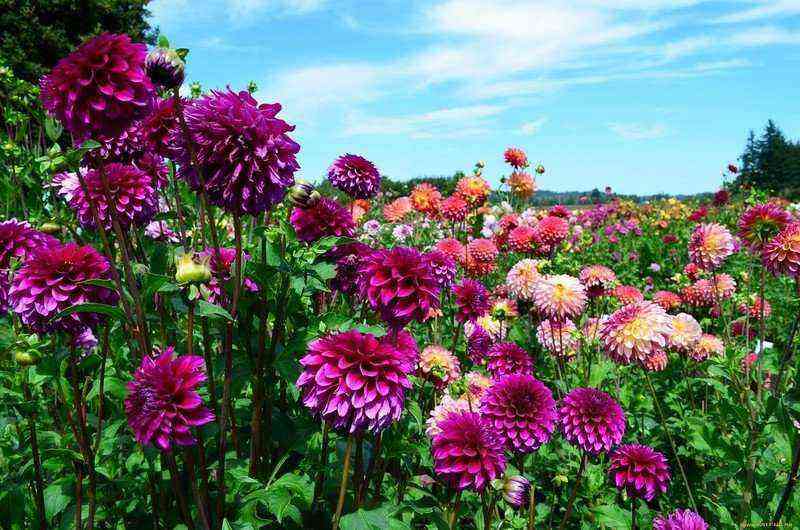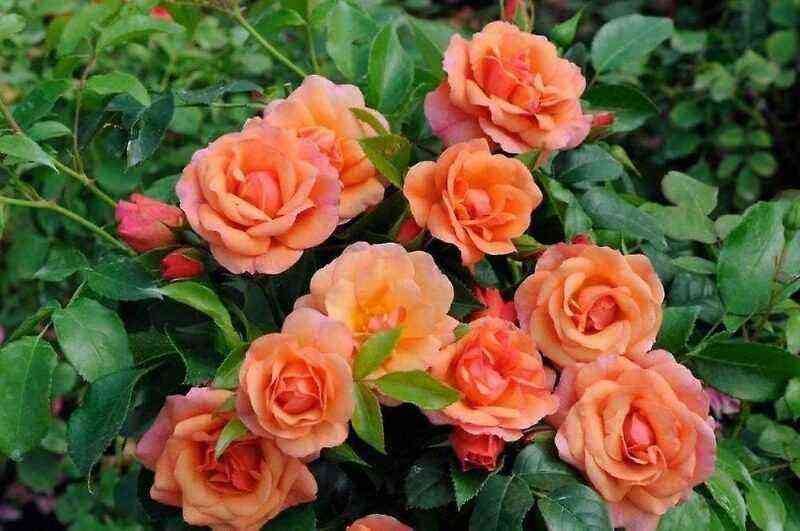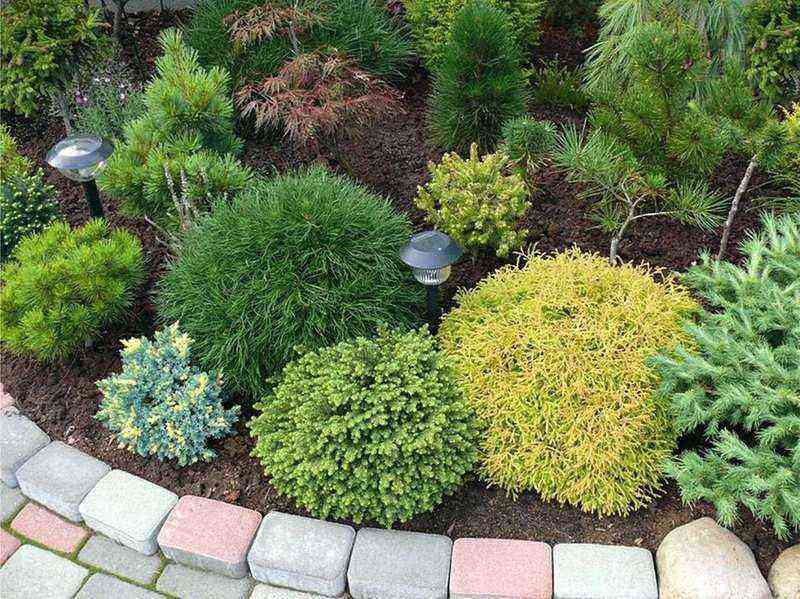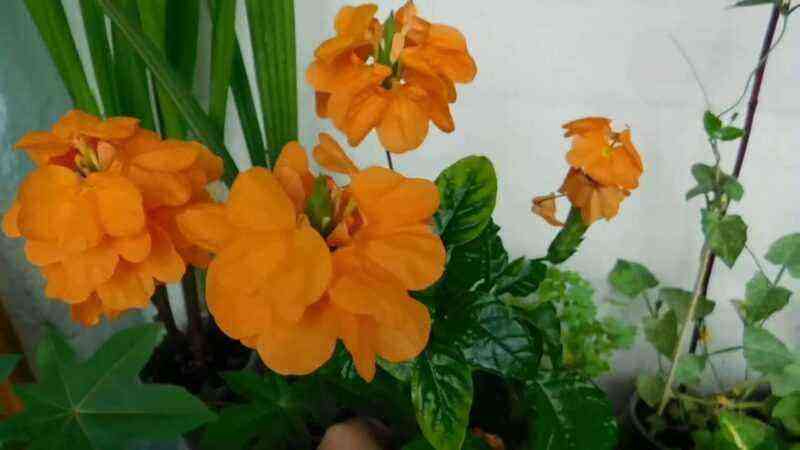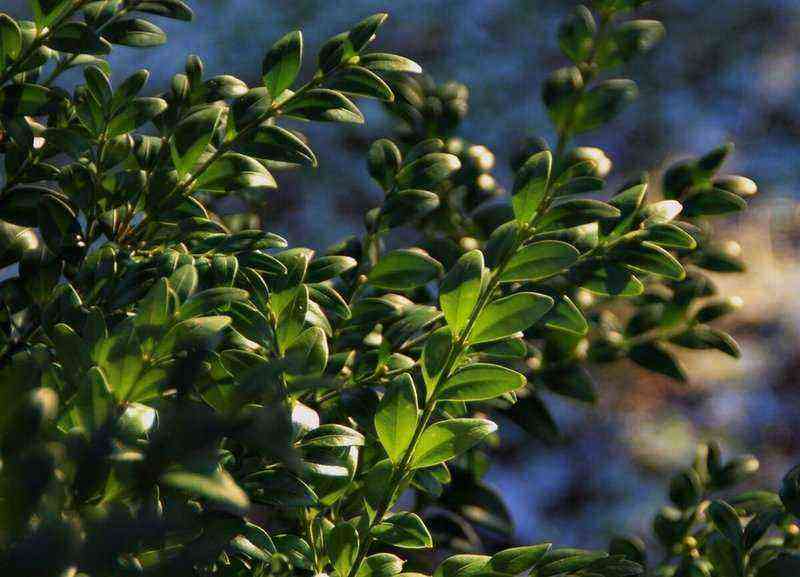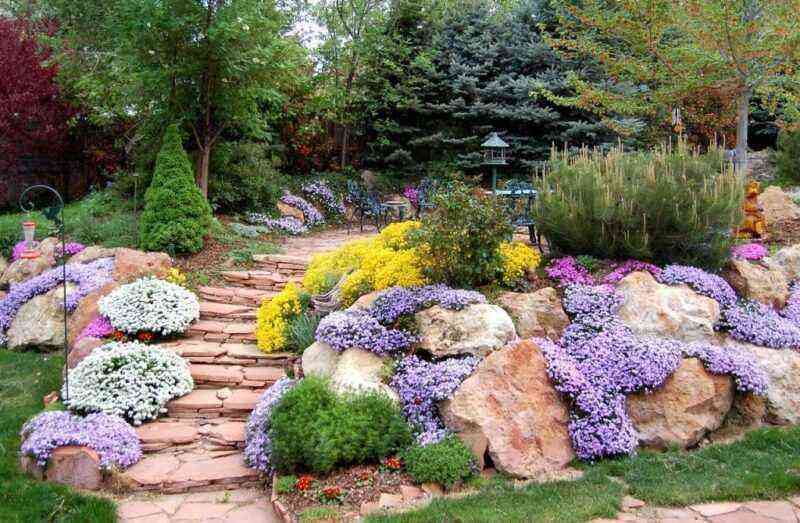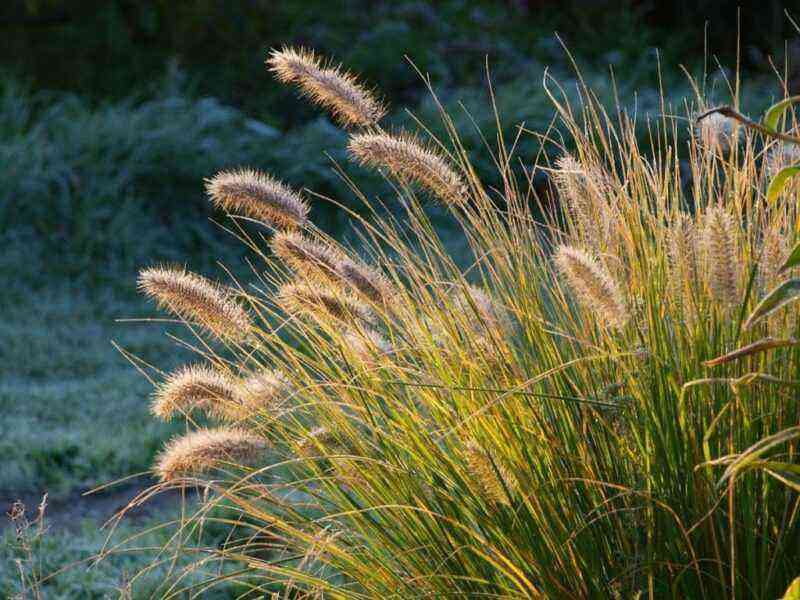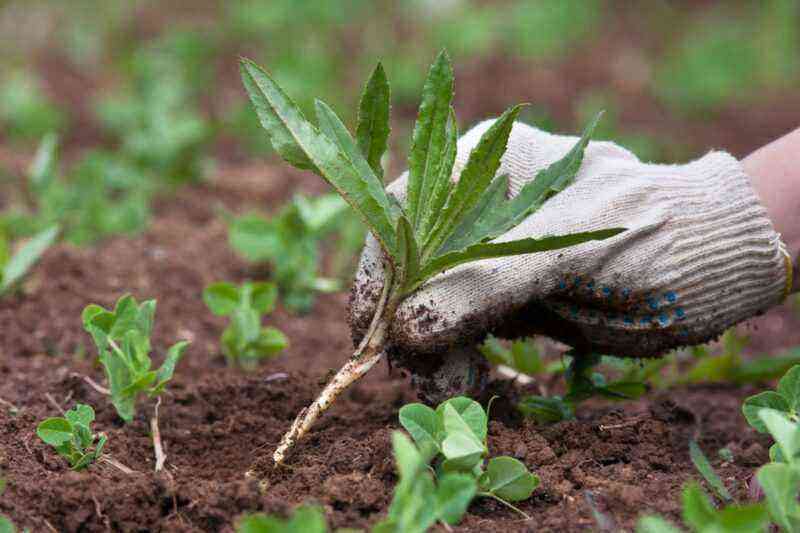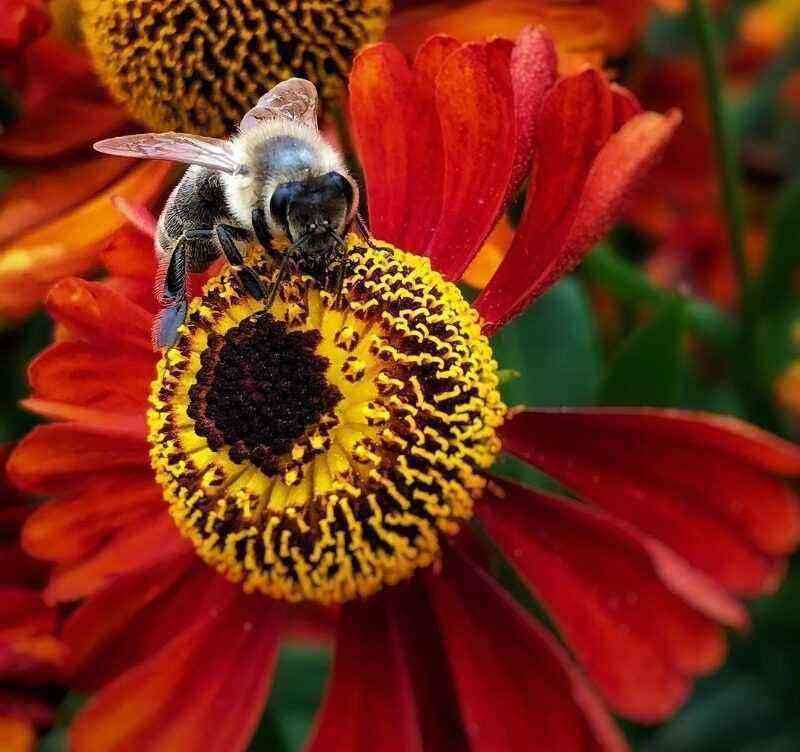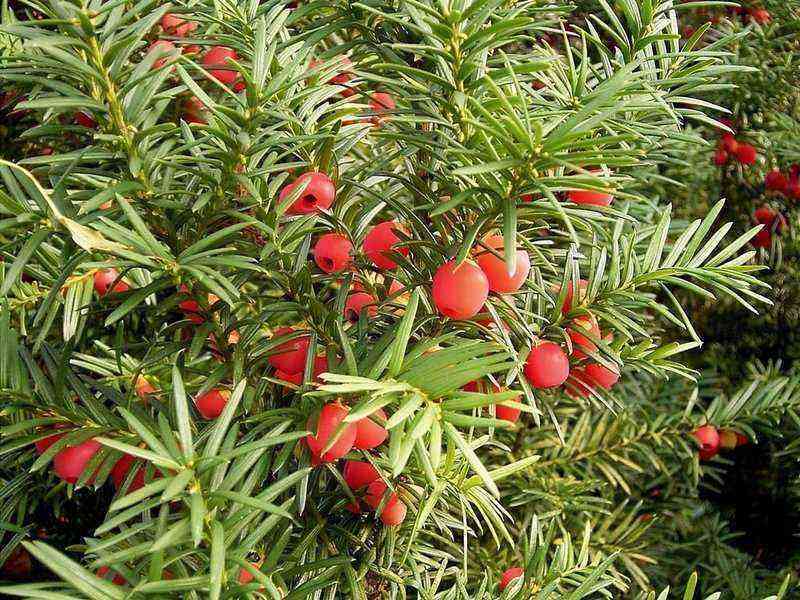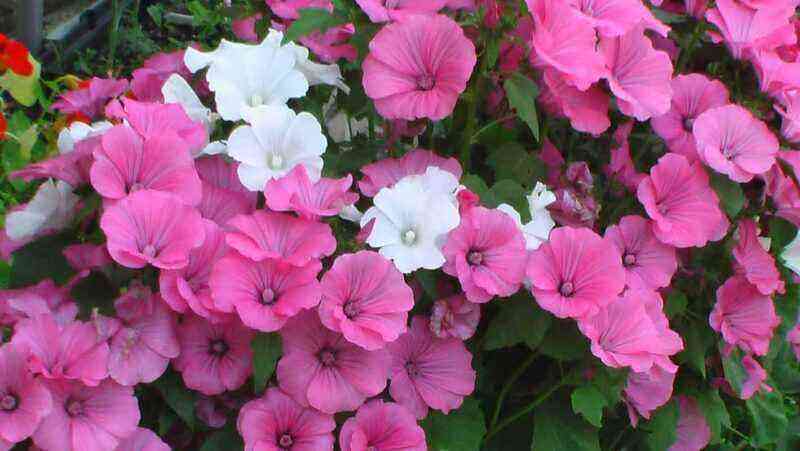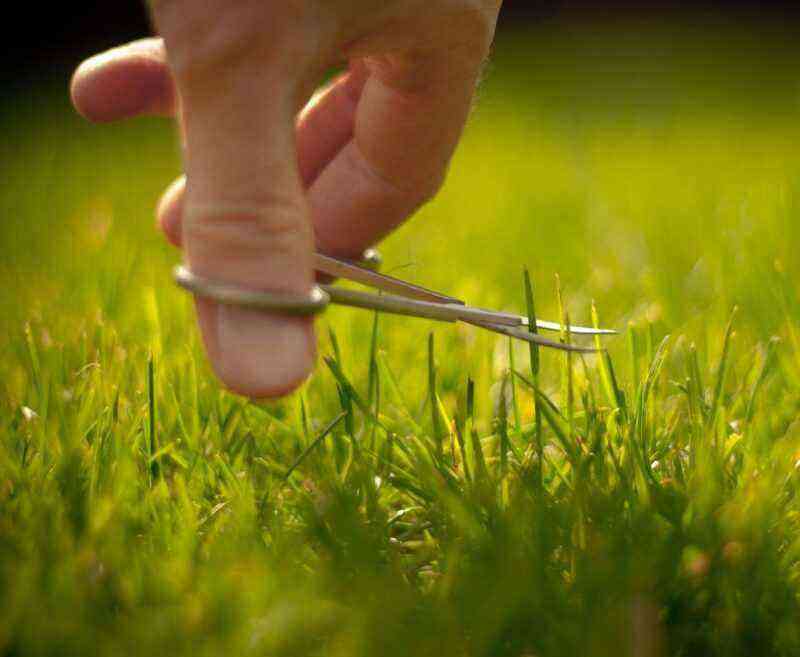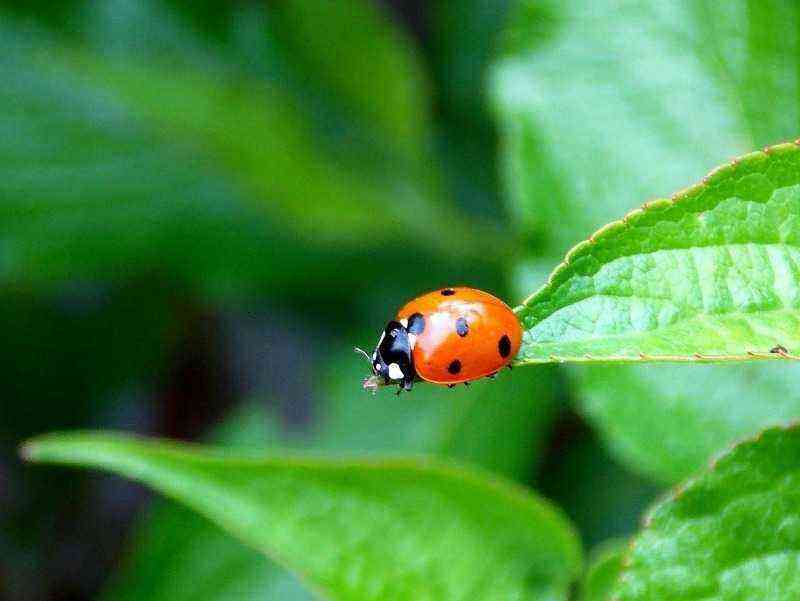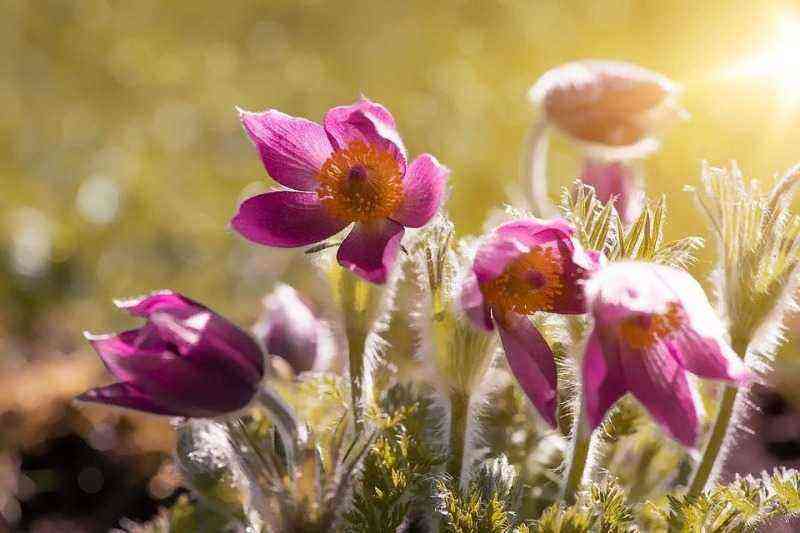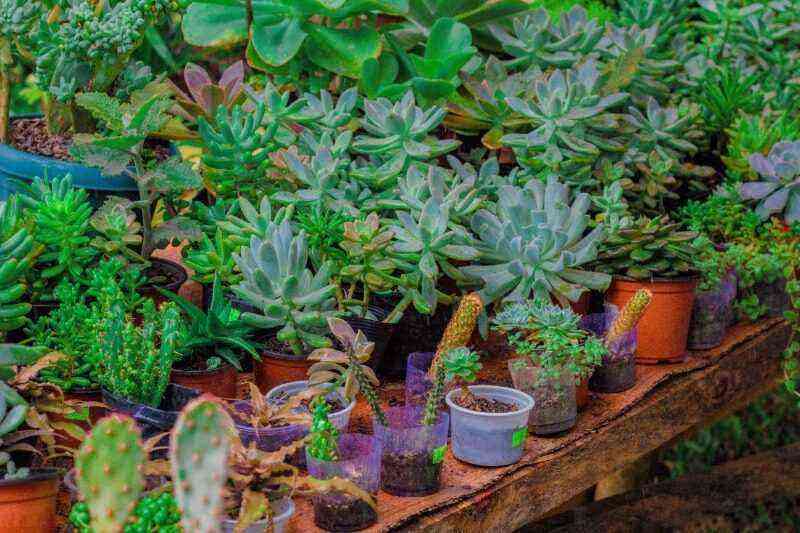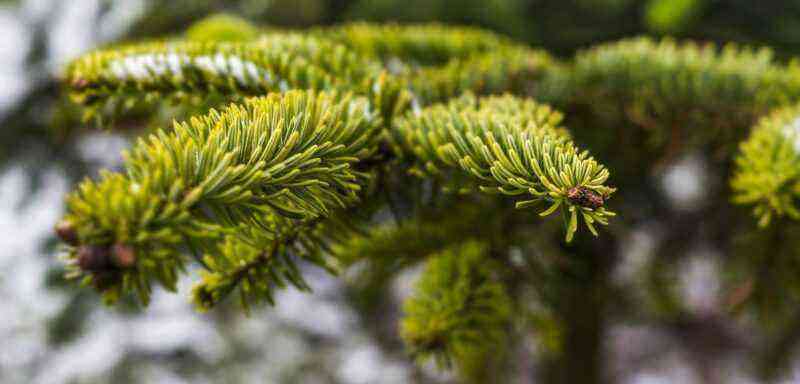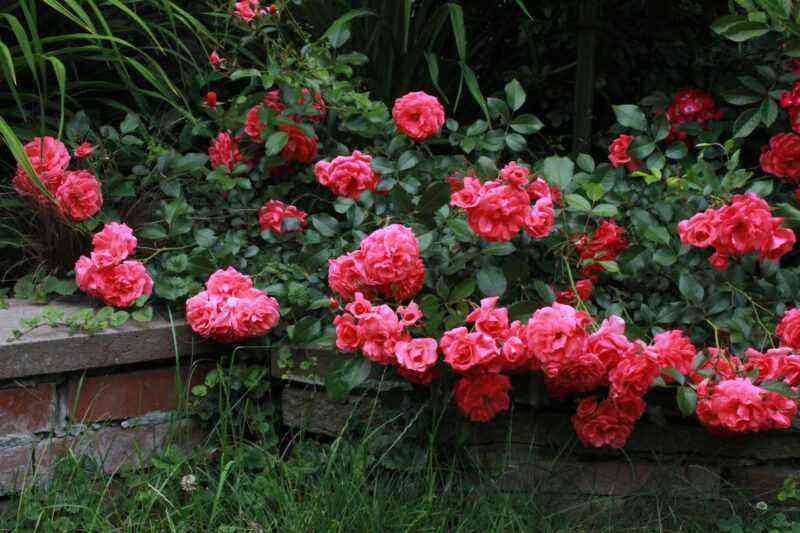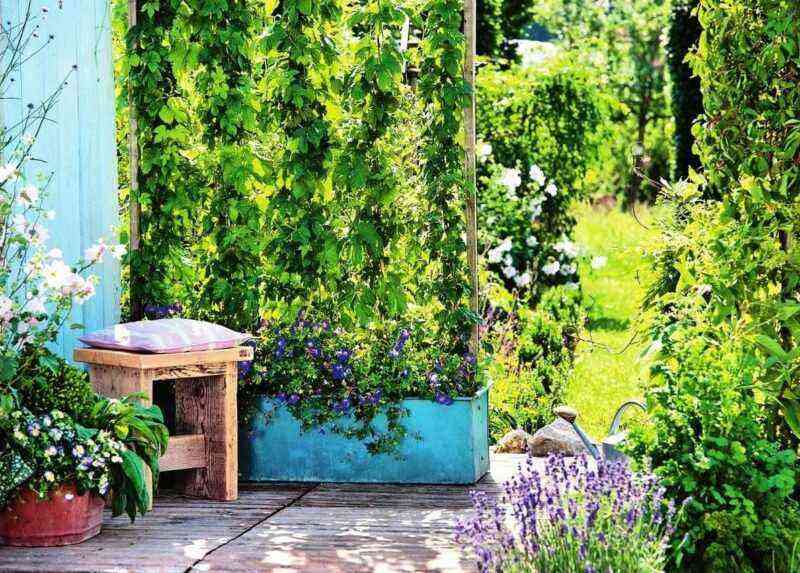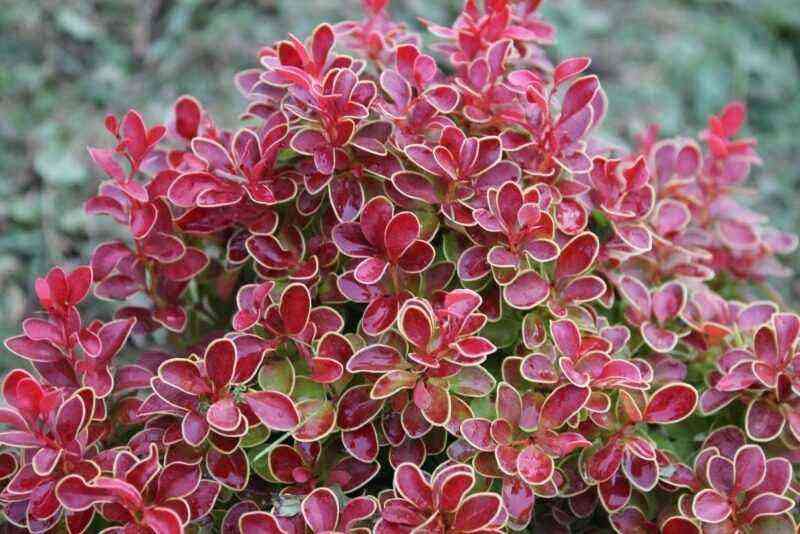Not all cultivated plants can withstand the climatic conditions of the Urals and Siberia. This creates certain difficulties for summer residents and owners of their own houses living in this region. Many people are afraid to buy interesting plants for their sites that have been blooming for many years, as they are not sure that they will survive the harsh winter. Therefore, they are limited only to lawns and annuals. But Russian breeding does not stand still, and every year new plant varieties that were previously considered unsuitable for this climate are zoned in nurseries. So today you can pick up both perennial flowers for Siberia and ornamental shrubs for the Urals. But which of them are the most unpretentious and frost-resistant – let’s figure it out in more detail.
Low-growing plants are always appropriate in the landscape, because they can be used to decorate the edge of the lawn, the foreground in flower beds, and create living borders. If we analyze the most profitable low-growing plants for Siberia, then only a few will be included in this list.
Contender # 1 – primroses and snowdrops
Will delight before everyone else. They hate heat, but they get along well in high humidity and coolness. If in the southern regions they try to plant these plants in the shade so that the roots do not burn out over the summer, then Siberians can decorate absolutely any piece of the site with primroses.
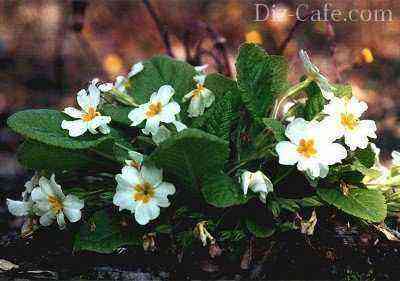
Primroses can be grown from seeds by planting in early March in containers on the windowsill or by dividing the bushes after the plants have faded
Contender # 2 – lilies of the valley
They are distinguished by their ability to get along in any conditions, adapting to the local climate. If you take a whole flower bed under the lilies of the valley, then it will be decorative throughout the season, since fragrant white bells will scatter over the glossy dark green leaves in May, and by August, red berries (poisonous!) Will take their place. Lily of the valley stretches the rhizome by 30 cm per season, so that in a couple of years it will tighten the entire area that will be assigned to it. You even have to fence the edges of the flower garden with pieces of slate to stop the roots from spreading. In one place, the flower can grow up to 40 years.
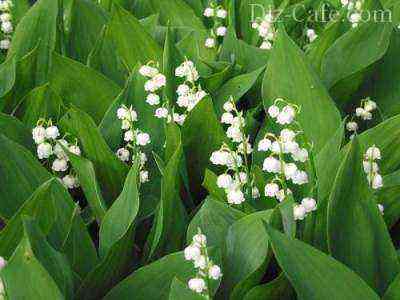
It is better to postpone planting lily of the valley if there are small children in the house, because they are attracted by the beautiful color of poisonous berries
Contender # 3 – violets (pansies)
The plant has a two-year development cycle, i.e. in the first year after seed germination, it increases the aerial part, and the next summer (June-August) pleases itself. It can reproduce by self-sowing, although housewives prefer to grow in boxes. Suitable for combined flower beds, because before the flowers appear, it looks quite inconspicuous.
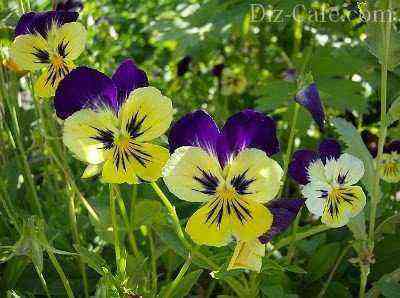
Pansies (or tricolor violet) for the first year are grown in a bunch, in the far corner of the site, and in the second year they are transplanted into the main flower garden
Contender # 4 – daisies
Very delicate miniature plants of the Aster family. They are considered perennials because the flowering cycle of a daisy is the same as that of a pansy, and then it is simply sown by itself. Used to decorate alpine slides, as blotches on the lawn, etc. With free division, daisies gradually run wild and become small. Therefore, the breeding process is better controlled, periodically replant and divide too large bushes.
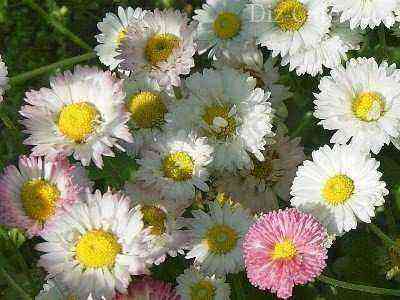
Daisies can decorate thin strips of earth along the lawn, creating a semblance of white milk streams, because they are not afraid of mowing
The second tier, i.e. for low-growing plants, it is customary to plant those whose height does not reach half a meter. Among such perennials that are suitable for the Urals and Siberia, two groups can be distinguished: with beautiful buds and with decorative leaves.
Bright perennials are distinguished by the fact that they cannot be decorative all summer long. As a rule, after flowering, the aboveground part of the plant becomes inconspicuous and gradually dies off in order to lay the buds for the new season. This is especially true for tuberous and bulbous, which thus protect themselves from overspending. And yet, those weeks of bright flowering that they give are so spectacular that every summer resident tries to decorate his flower beds with at least a couple of copies of such plants.
Which of this list is suitable for the Siberian climate:
- Tulips. For cold climates, it is worth taking varieties that ripen earlier than anyone else. These include simple and double early tulips. Both varieties begin to bloom in May, but in Siberia, this period can move forward by half a month. Simple early tulips grow up to 40 cm, terry tulips – up to 25 cm. They require annual digging and drying so that the bulbs do not become smaller.
- Daffodils. A child of two times – so they call him, because he tries to bloom in a period when winter is fighting against spring. It is convenient for growing in cold climates because it does not require annual digging, does not freeze in winter and is unpretentious to the soil. But new, only bred varieties are distinguished by very large buds, which require an indispensable garter. Thin peduncles from wind and rain can break in the midst of ripening.
- Iris reticulated. An amazing perennial that can freeze clean and be reborn from one surviving bud. In comparison with bearded irises, it is less common, but in no way inferior to “older brothers” in decorativeness. Between the thin, pointed, like swords, leaves, by May, high peduncles with small but numerous flowers shoot out. Due to unusually bright blue-yellow, violet-white, etc. colors, they are visible from afar. They withstand very severe frosts, but do not like wet places. Therefore, they are not planted in the lowlands.
- Iris bearded. This group of plants is distinguished by both beautiful fleshy leaves that do not lose their decorative effect until late autumn, and large flowers that delight the eye from May to June. For the Urals and Siberia, irises are just a find: they are frost-hardy, beautiful all season, do not need frequent transplants. The Siberian iris variety with large blue-blue flowers was bred especially for the cold climate. It is capable of producing peduncles up to a meter in height, although the bulk of the leaves is located in the region of 50-60 cm.
Related article: Planting, growing and caring for bulbous irises – gardeners’ secrets
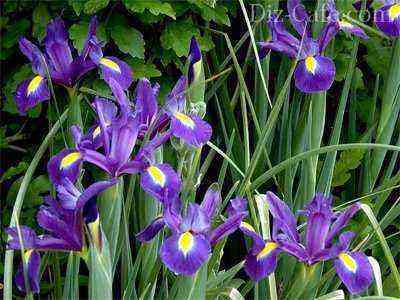
For a couple of years, reticulated irises grow in tall bushes, so that they can become the center of any multi-tiered flower bed, but for rich flowering they must be periodically divided

Siberian iris was specially grown for a harsh climate, so it does not require shelter for the winter and special warmth in summer
Perennials with decorative foliage
In a pair of flowering plants, it is worth adding flowers with decorative foliage. They will create the backdrop for the flower bed and take the place of fading plants when they begin to lose their beautiful appearance. Among the most spectacular and picky ones are hosts, astilbe, badan, liatris, variegated variegated, various types of stonecrops and buzulnik.
Perennials get along well in Siberia, which do not lose their spectacular foliage both before flowering and after it. These are chrysanthemums, rudbeckia, phlox, doronicum.

The photo shows: 1 – astilbe of different colors, 2 – stonecrop, 3 – liatris, 4 – buzulnik. They can be combined to create several tiers in the flower garden.
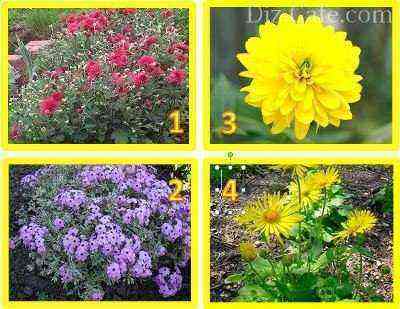
A real decoration of a Siberian or Ural flower garden can be:
1. – chrysanthemums, 2 – phlox, 3 – rudbeckia, 4 – doronicum
Specially for Siberian conditions, a special type of clematis was grown – clematis burning. It is so winter-hardy that it does not require any winter shelter.
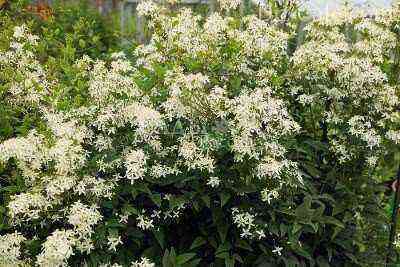
Clematis pungent differs from other types of clematis in small flowers, which are poured over the bush in summer, like small pointed stars
But the most spectacular will undoubtedly be roses. In cold climatic conditions, varieties grafted on rose hips successfully survive, which are stronger and more hardy than their own rooted ones. The most unpretentious are park and floribunda.
